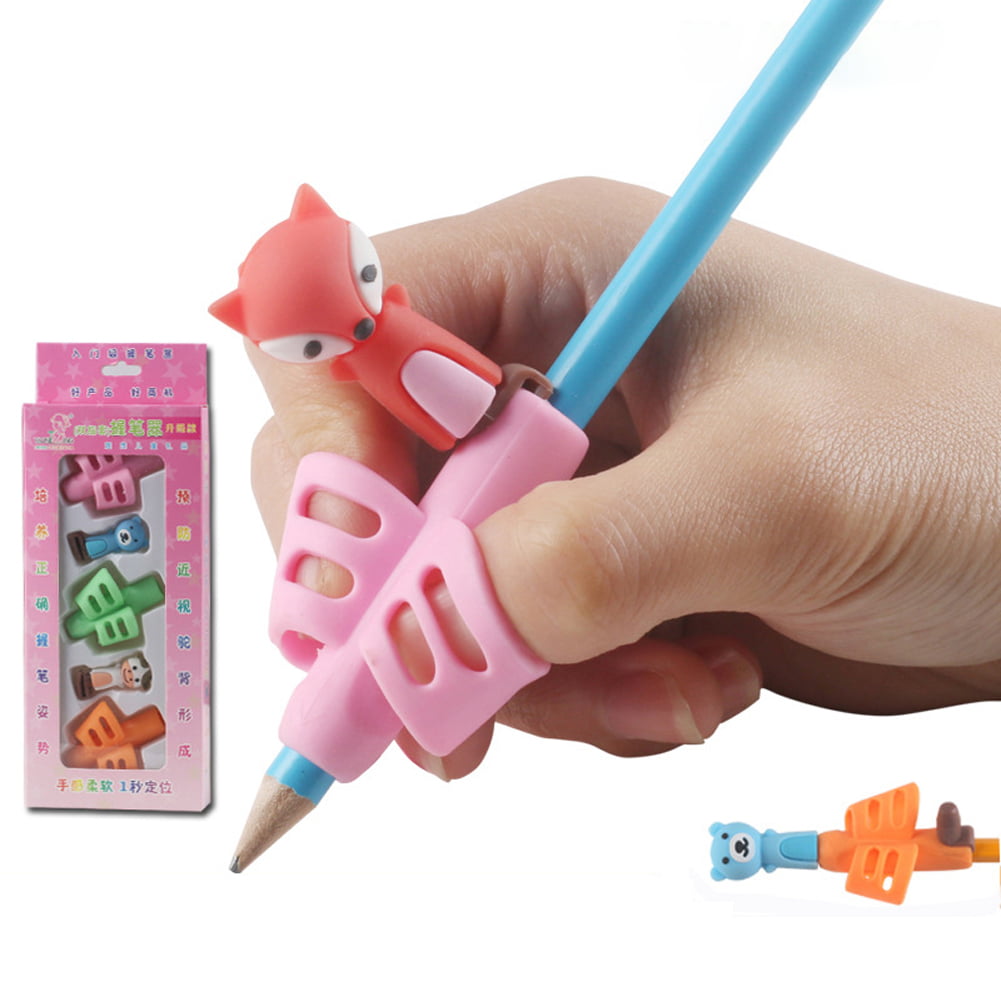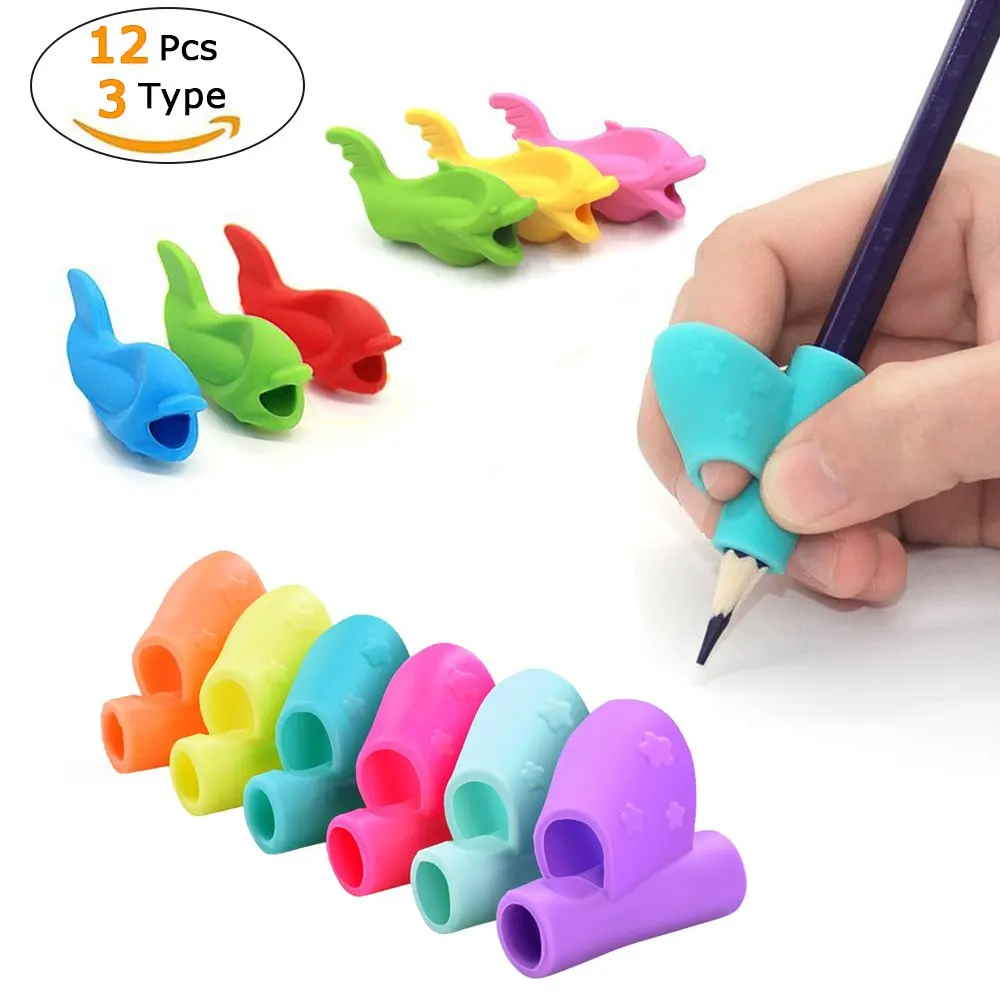


If the paper is tilted at the correct angle for them, they will find a hooked hand position, or having their forearm further up the table, more difficult and uncomfortable to maintain. With the correct paper tilt they will always be able to see what they are writing. When writing normally, encourage children to angle the paper appropriately as this will also help to correct a poor hand position. It takes time to correct a poor hand position but it is well worth the perseverance as it will enable a child to write freely and more comfortably.

This in turn makes handwriting a tiring and uncomfortable task, impacting on a child’s overall learning experience. Some children will hold the pencil in a tripod grip but develop a hooked hand position or move the elbow too far up the table, causing the forearm and wrist to be nearly horizontal with the table edge, because they feel they can see what they are writing more clearly.Ī hooked grip puts unnecessary strain on the hand ligaments and forces the body into a poor sitting position, again putting extra strain on the body. The ideal position is for the hand, wrist and elbow to be below the tip of the pencil and under the writing line for both left and right-handed writers. It is easy to forget the importance of the actual hand position in relation to the pen and paper for handwriting. We often talk about the most appropriate grip for handwriting being the tripod grip but this usually only refers to finger position.


 0 kommentar(er)
0 kommentar(er)
